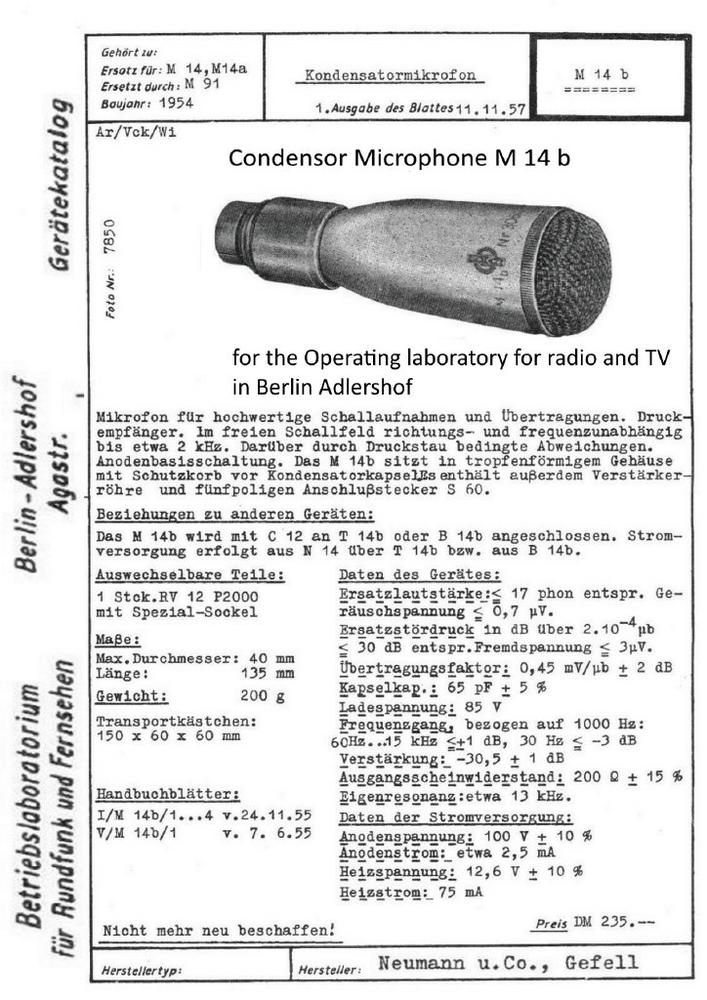At the end of the 1950s, the importance of radio, film and television grew in East Germany as well.
While in 1952 the first GDR television programme could only be received by about 60 television sets in Berlin, by 1960 17 per cent and by 1970 69 per cent of households were equipped with sets.
In addition to exerting political influence, the aim was to offer the GDR population entertainment from its own production and to stand up to Western television.
In 1956, the "Deutsche Fernsehfunk" (DFF) went on the air. The name says it all: DFF, which was renamed "Television of the GDR" in 1972, also wanted to be television for West Germany, but this was only feasible in terms of broadcasting technology in the area near the border.
Compared to radio, television was also growing in importance in the GDR, especially in the 1970s. GDR television was supposed to be able to keep up with West German television, which was popular despite the ban in the East, also in terms of content.
Entertainment shows, knowledge programmes and feature films for young and old took up more and more space, which also placed increased demands on studio and recording technology.
From the beginning, high-quality microphone technology from Georg Neumenn & Co, today Microtech Gefell, was used.
As early as the 1950s, microphones such as the M 14 b and a wide range of microphone components were manufactured for the then Betriebslaboratorium für Rundfunk und Fernsehen in Berlin Adlershof, which was renamed the Rundfunk- und Fernsehtechnisches Zentralamt (RFZ) in 1962.
In the three decades from the 1960s to the 1980s, the R&D in the studiomicrophone sector in Gefell was therefore mainly oriented towards television and radio-specific requirements.
In close cooperation with RFZ, a wide range of television and radio-specific microphones were developed and produced until 1989. The range extended from reporter microphones (GN M 18/ CMV 571) to a series of studio microphones and wireless stage microphones.
Entertainment and film were to reach the entire population in East and West and radiate cosmopolitanism.
Entertainment programmes and shows for young and old enjoyed growing popularity.
For example, "Ein Kessel Buntes" – a GDR television variety show (1972 – 1992) known in East and West, with prominent artists such as Mireille Mathieu, Karel Gott, Nana Mouskouri, Bonnie Tyler, ABBA, Samantha Fox, Katja Ebstein Dalida, Precious Wilson, The Rubettes, Penny McLean and many other stars and starlets from East and West.
The most frequent guest stars were Katja Ebstein and Costa Cordalis.
The stage technology had to meet the highest standards.
That’s why wireless stage microphones from Gefell were permanently used, specially developed for TV life events for young and old.
The pop and rock music of the 1970s, often between the poles of protest and "socialist" entertainment, reflected a changing "Zeitgeist".
International rock and pop also shaped GDR youth. At the same time, a scene of its own developed with a large number of East German bands still known today, such as Puhdys, City, Silly and Karat, who topped the hit lists at the time.
Radio and television had to react to this. New TV formats were created, such as the youth programme "Rund" from 1973 to 1988, using wireless microphones from Gefell, such as the HH series during live performances.
The successful history of wireless stage microphones from Gefell (1960 – 1989) ended after the fall of the Berlin Wall, when the GDR radio frequencies that had been common until then were changed.
Even today, microphone technology from Gefell is still in demand in the TV and radio sector. For example, the smallest large-diaphragm studio microphone M 930 in the studio Sachsenradio of MDR SACHSEN.
The Power Tiny M 930 in a new edition – An optimal solution even in corona times
For TV and radio presenters, the M 930 offers optimal handling, best sound and a clear view of text and concept sheets.
The individually insertable, replaceable and washable pop shield, specially developed by the Swedish MTG partner (mikrofonen.se), not only ensures the best possible sound when speaking or singing, but also guarantees optimum hygiene.
Due to its compact design and modern 1-inch large diaphragm capsule technology with the latest semiconductor circuitry, the M 930 is a completely independent, not to say unique designed product, handmade in Gefell.
Acoustic measurement technology since 1928
The Microtech Gefell GmbH is manufacturer of high quality, handmade measurement and studio microphones founded 1928 by Georg Neumann.
Besides the company offers calibration and services for all manufactured products.
The Measurement technology includes 1", ½" and ¼" measurement capsules, measurement preamplifiers for different connection techniques (Conventional Lemo, ICP®, Phantom P 48 XLR, Digital USB AES 42 XLR), outdoor and environmental microphones, microphone arrays, sound intensity probes, power supplies, calibration devices as well as turnkey solutions (e.g. special test benches for car acoustics).
Microtech Gefell GmbH
Georg-Neumann-Platz
07926 Gefell
Telefon: +49 (36649) 8820
Telefax: +49 (36649) 88211
https://www.microtechgefell.de
![]()

